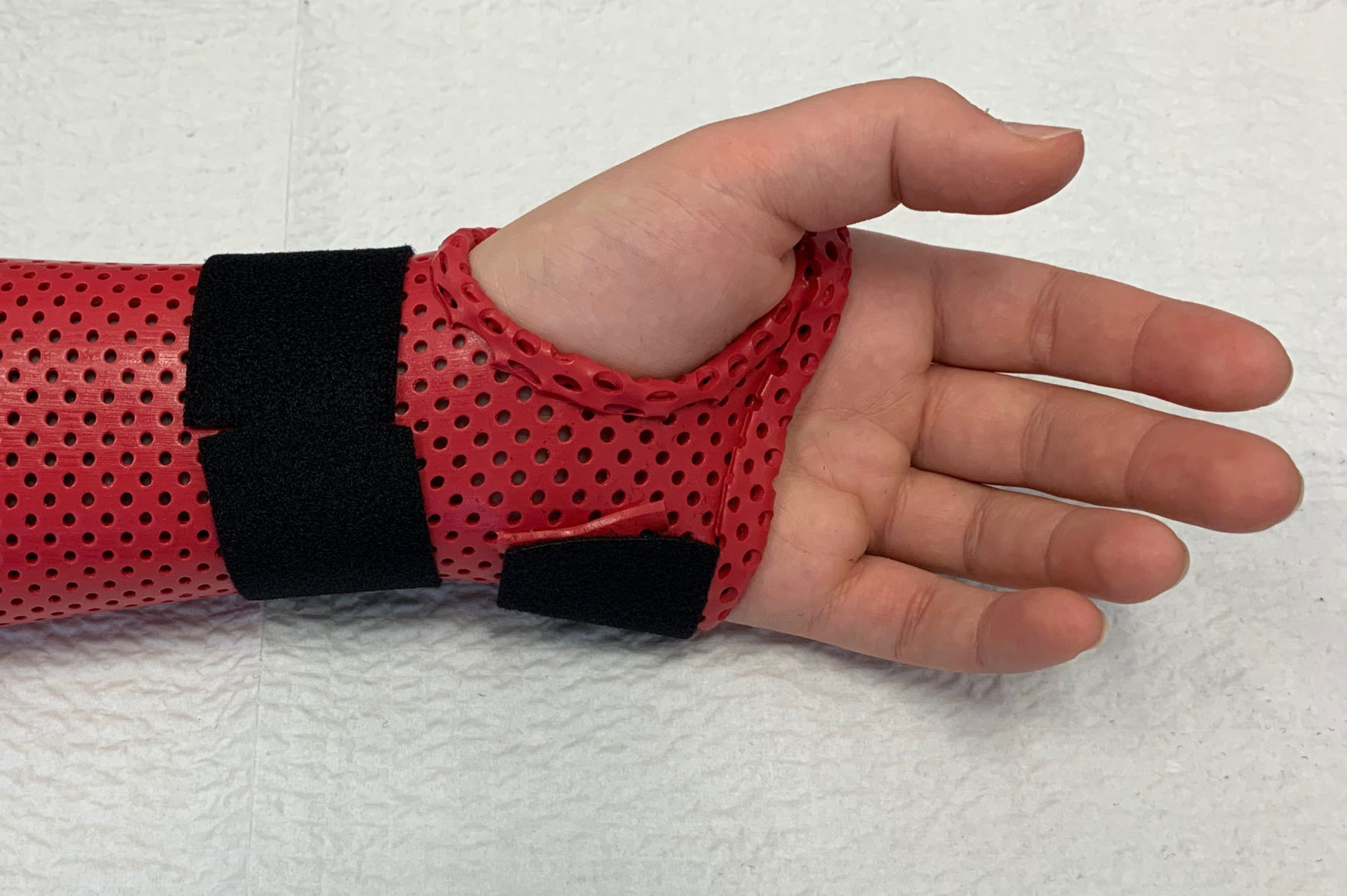
Wrist fractures may be simple of complex. Simple fractures can be managed by casting for six weeks, whereas more complex fractures usually require surgical fixation.
What causes wrist fractures
Fractures of the wrist occur from a fall on an outstretched hand, high speed sporting injuries or vehicular injuries. They are more common in the young athlete or the elderly.
Symptoms
People with wrist fracture often complain of stiffness of the wrist and fingers, and limitation of strength when attempting to return to normal functional tasks. They may be painful with certain tasks.
How are wrist fractures treated?
Those patients who have had surgical fixation of their wrist fracture may require a thermoplastic wrist splint to support the wrist following surgery, although many others are managed adequately with a soft splint or neoprene wrap.



For those managed conservatively (without surgery), they may be provided with a fibreglass waterproof cast. It is essential to keep fingers and thumb free to ensure maximum function within the cast.



Your therapist will provide you with a customised, graded exercise program to assist in regaining motion and strength of the fingers, wrist and forearm once fracture healing is achieved.
